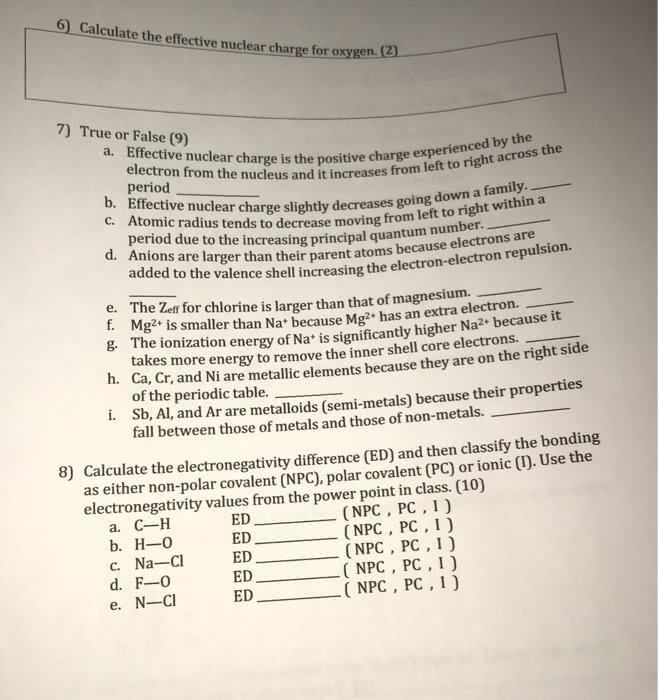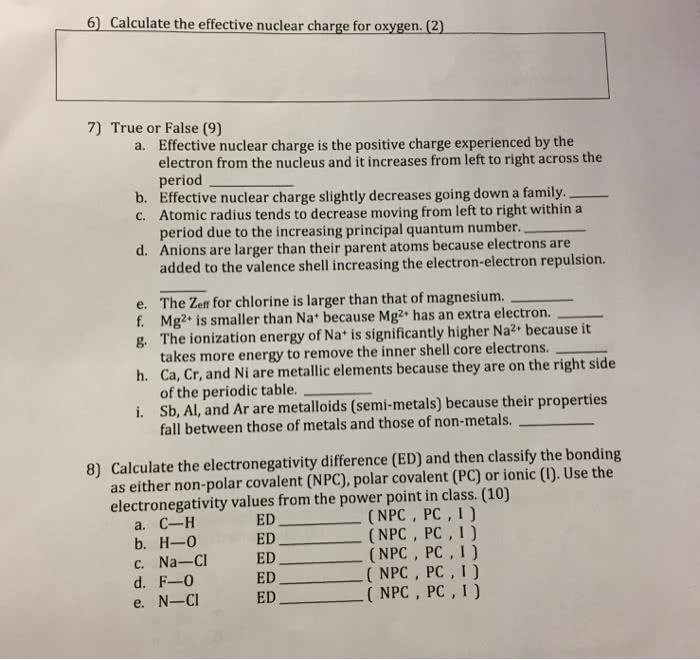CHMA10H3 Lecture Notes - Lecture 2: Emission Spectrum, Niels Bohr, Photon

36
CHMA10H3 Full Course Notes
Verified Note
36 documents
Document Summary
Successive ionizaion energies: if more than one electron can be removed, atoms will have a series of ionizaion energies, each successive ionizaion energy (i. e. , second, third, etc. ) is larger than the previous one. Ionic radius: an ionic radius is the esimate based on the distance between the caions and anions in its crystalline compounds, caions are smaller than their parent atoms: anions are larger than their parent atoms. Electron ainity: energy will be released if an electron ataches to an atom to form a negaive ion, the electron ainity is the enthalpy change associate with the removal of one electron from the anion. Bohr placed electrons in orbits revolving around the nucleus (similar to that of planets revolving around the sun). Electrons in an orbit are in a staionary state. This state corresponds to a paricular value of energy. While, the electron is in any of its staionary states, it does not radiate energy.



